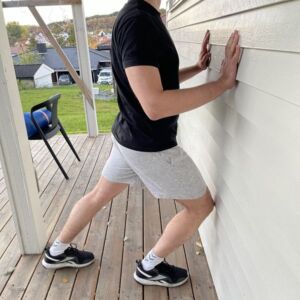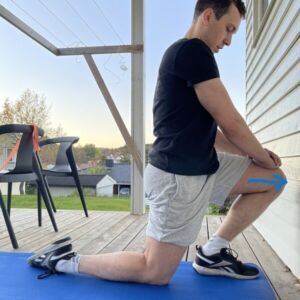Plantar Fasciitis Massage Technique You Can Do at Home
Plantar fasciitis, a common cause of heel and foot pain, can often be alleviated through targeted plantar fasciitis massage techniques.
In this article, I will show you self massage technique for plantar fascia to relieve pain in your foot.
Doctors may recommend massaging the plantar fascia before turning to other conservative treatments like exercising, stretching or physical therapy.
Always consult your doctor before performing this massage technique. Check out the massage tools for plantar fasciitis.
How to Perform Self Massage For Plantar Fasciitis
You can manage plantar fasciitis pain right at home using simple massage techniques.
Start by gently kneading your heel and arch:
1. Use the base of your palm or a closed fist to rub the bottom of your foot, moving from heel to toes in light, short strokes before gradually applying more pressure.
2. For pushing and pulling, press on your heel with your thumb in light strokes, moving along the sole to the toes, and then focus on each toe. This helps align the soft tissues as your plantar fascia heals.
3. Finally, try toe flexion massage by gently bending your toes backward and forward, which stretches the plantar fascia and improves its flexibility.
Supplementing this massage technique with stretching exercises can be beneficial for heel pain relief. For best results, massage your plantar fascia for several times daily for about six weeks.
Different Massage Techniques
One of the most effective massage technique for plantar fasciitis is cross-friction massage technique.
The therapist apply deep pressure across the tissue with their fingers, from the heel towards the toes.
The foot can be dorsiflexed with toes pointing towards your body, which increases the tension in the plantar fascia.
Stretching for Plantar Fasciitis
Gastrocnemius Stretch
Stand facing a wall with your hands on a wall and step forward with one leg.
Lean gently forward with your body while keeping the heel of your back foot on the ground.
Extend the back knee.
Hold this position for 30s.
Soleus Stretch
Start from a one-leg kneeling stance.
While keeping the heel of your front leg on the ground, lean gently forward to increase the tension in the back of the ankle joint and soleus muscle.
Hold this position for 30s.
Caution
Massaging the plantar fascia can be painful if performed aggressively when plantar fascia is inflamed.
Please consult your doctor before performing this technique or if you feel the pain during massage.


